I am trying to use a very simple function like converting list of strings to int value. As per the description we should get the list as output.
I am very new to Python so not sure whether I am doing any mistake.
l1 = ['1', '2', '9', '7', '5', '3']
l1 = map(int, l1)
print(l1)
Output:
<map object at 0x00000209FD5DC248>
